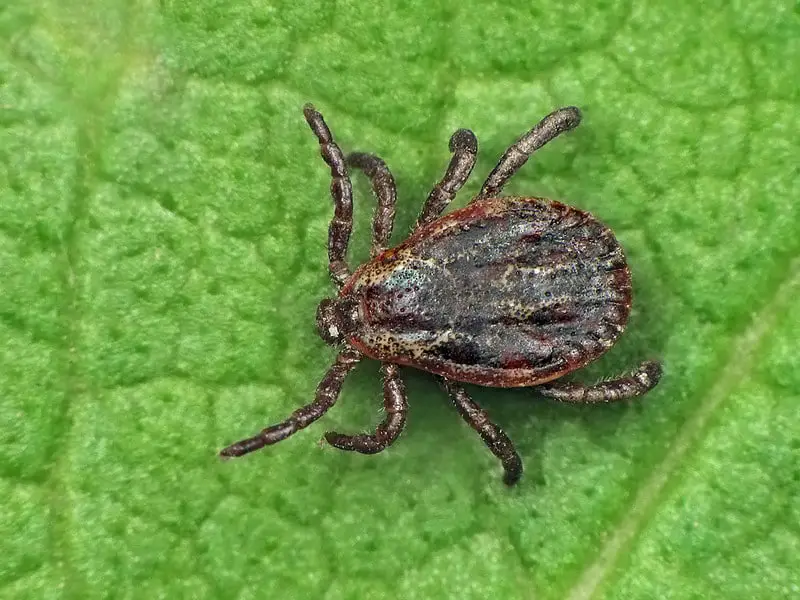Does Lyme Disease Exist in The Dominican Republic?

No cases or outbreaks of Lime disease have been reported in the Dominican Republic. Lyme disease is a bacterial infection acquired from the bite of an infected tick, caused by Borrelia bacteria and transmitted by the bite of deer ticks (of the Ixodes species).
Although many people think that deer do not exist in the Dominican Republic, the truth is that there is a small minority, but in very isolated and remote areas, totally disconnected from urban or tourist areas.
Usually the infection causes inflammation, which is more common in the joints (arthritis), heart (heart), or nervous system (neuroborreliosis), with symptoms that may include paralysis.
According to studies carried out by doctors in Europe, treatment with antibiotics is in most cases highly effective if it is done in the early stages of the disease, but it becomes complicated in later stages with, for example, the appearance of arthritis in one of the knees; it appears in only one and it is not known why, details the researcher of the Basque centre.
Despite being a disease that is estimated to affect hundreds of thousands of people in Europe and the U.S., there is no vaccine against it.
Lyme disease has been more prevalent in northern countries such as the United States, Canada, and some European countries. These countries have a temperate climate in common, as opposed to the Dominican Republic, which maintains a warm climate year-round.
Today, ticks are one of the main causes of parasitic diseases presented in veterinary clinics around the world and many cases of zoonotic diseases transmitted by ticks have been reported: Lime Disease, Ehrlichiosis, Anaplasmosis, Babesiosis and Rocky Mountain Spotted Fever, etc.
Hepatozoonosis is a parasitic disease caused by a protozoan blood parasite, Hepatozoon spp, within which two species have been shown to affect mainly the dog, although they have also been described in coyotes, felines, hyenas and jackals, these are Hepatozoon canis, which has as its definitive host the tick Riphicephalus sangueus and Hepatozoon americanum which has as its definitive host the tick Amblyoma maculatum.
Both transmit the disease when ingested by the intermediate host. Hepatozoonosis has been described in several countries on five continents, including the United States, Argentina, and Spain, but has not yet been investigated in the Dominican Republic.
Due to the existence of the tick Riphicephalus sangueus in the country and the fact that the disease caused presents a similar signology to diseases such as Ehrlichia canis and Anaplasma spp, it should be studied not only to determine its existence in the country, but to be able to reach a correct diagnosis and even more, because of the number of suspected cases of Ehrlichia canis with negative results in the tests carried out.
Similarly, it should be mentioned that although the existence of the tick Amblyoma maculatum in the Dominican Republic has not been demonstrated, it should not be excluded as a possible vector in the country, since it has been reported outside the states where it has been recognized, this because of the relocation of infected dogs from endemic areas.
According to World Health Organization, people living in or visiting rural areas, especially campers and hikers, are most at risk of infection.
But not only living in or visiting rural areas can be the only focus of contracting this condition, according to specialist doctors, who say that not giving proper care to pets kept at home (specifically dogs) and not giving them their vaccinations in time, could also have consequences with parasitic diseases.
To prevent the disease, besides having hygiene with the dogs, it is exhorted: to use repellent, to fumigate the home from time to time, to wash the area where the pet is kept and, if you visit a wooded place, to use closed shoes and to tie the hair.






